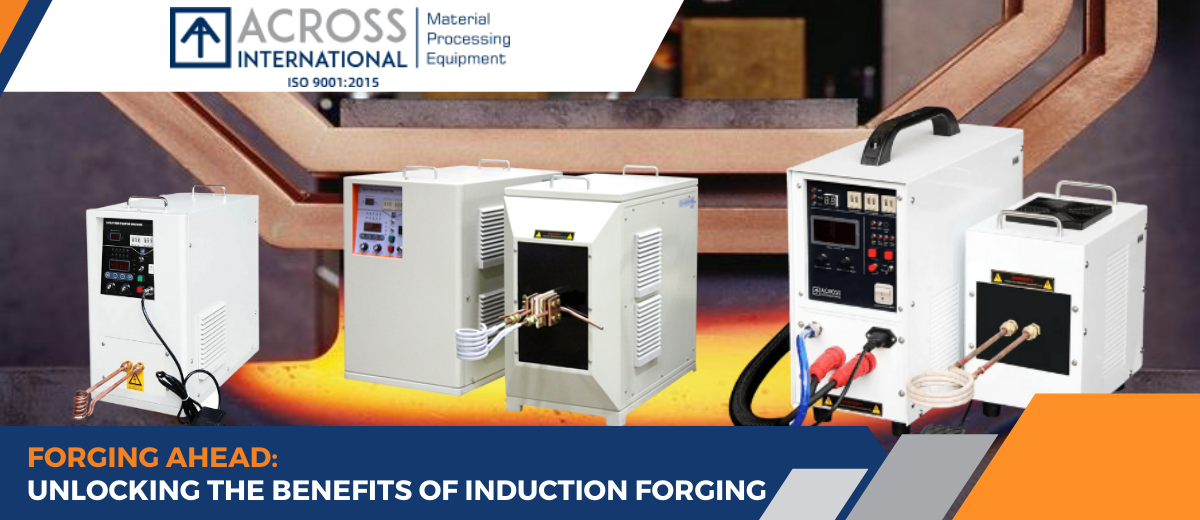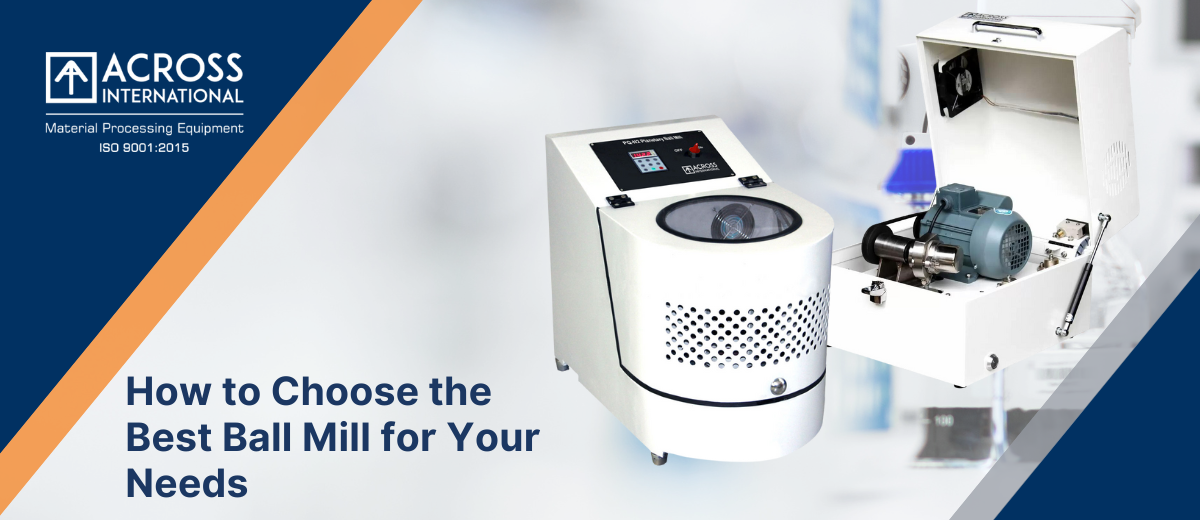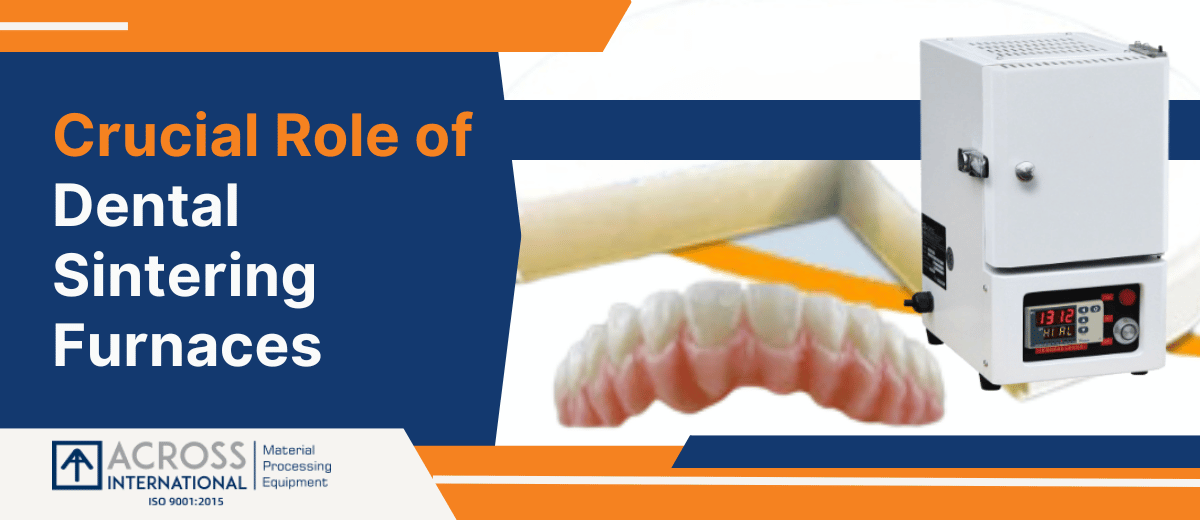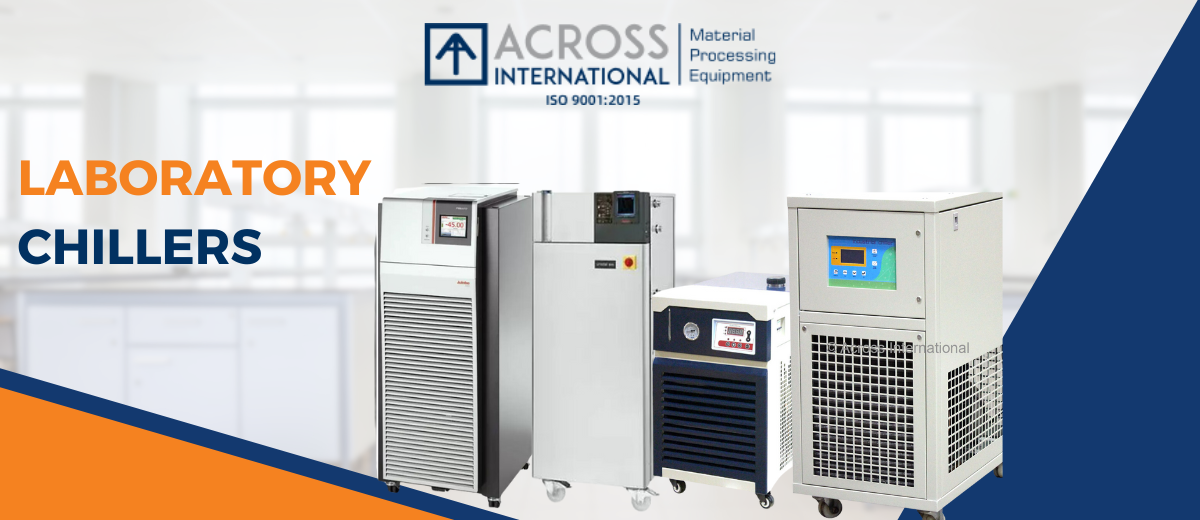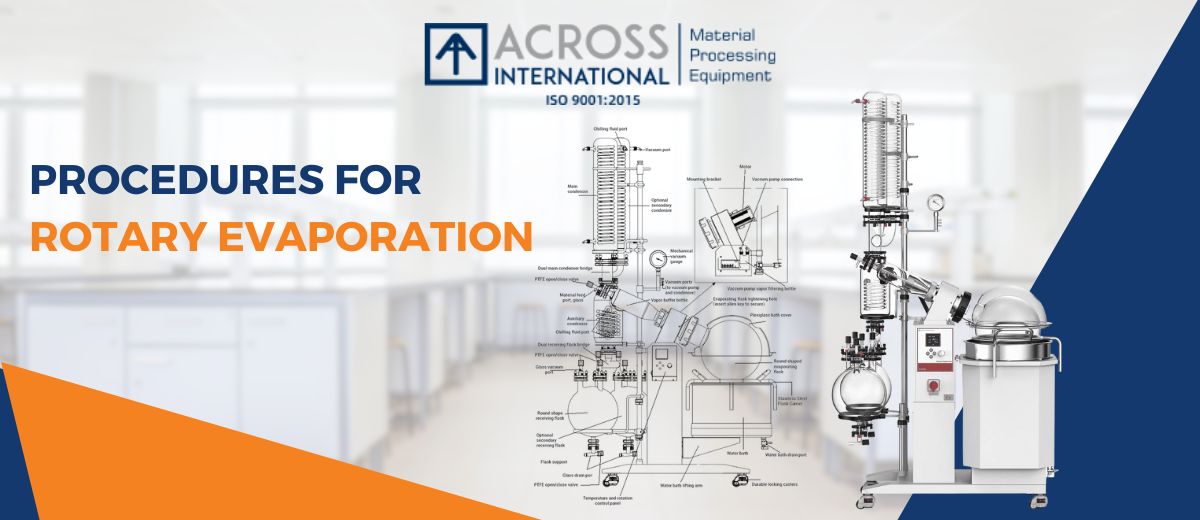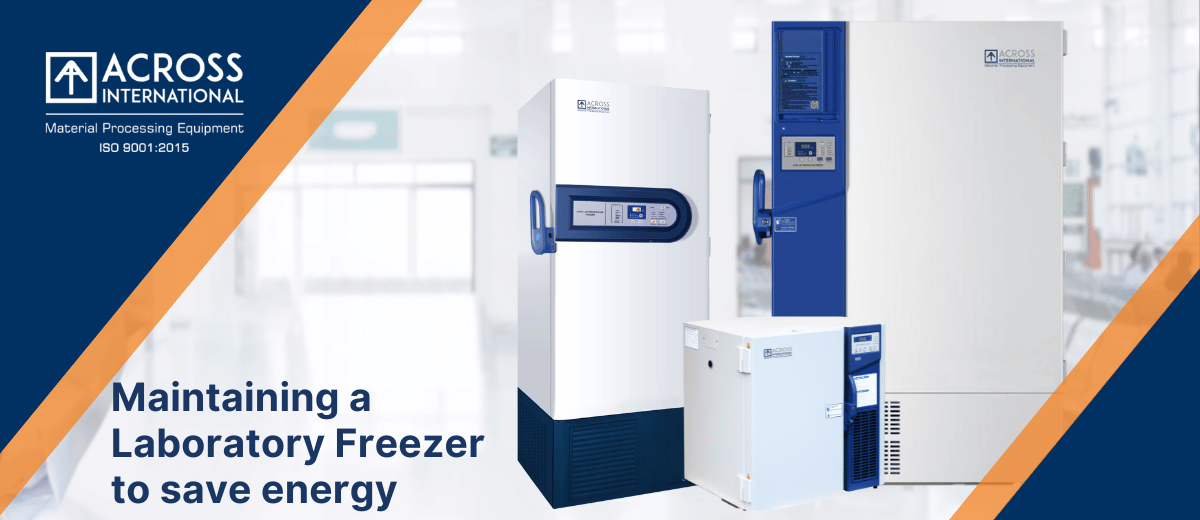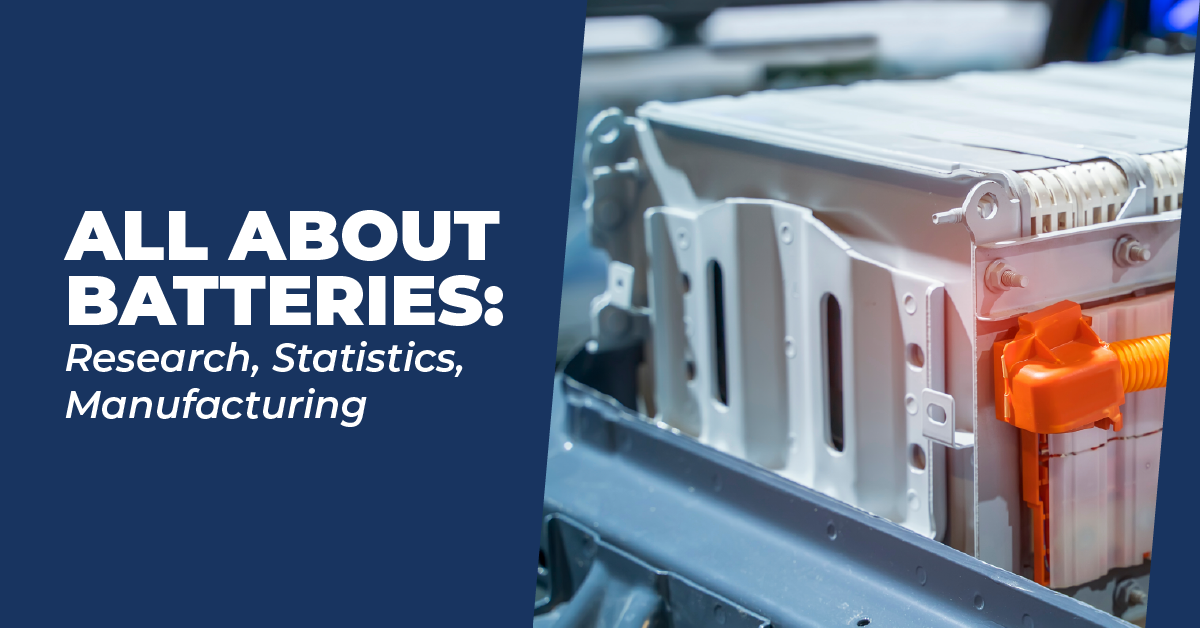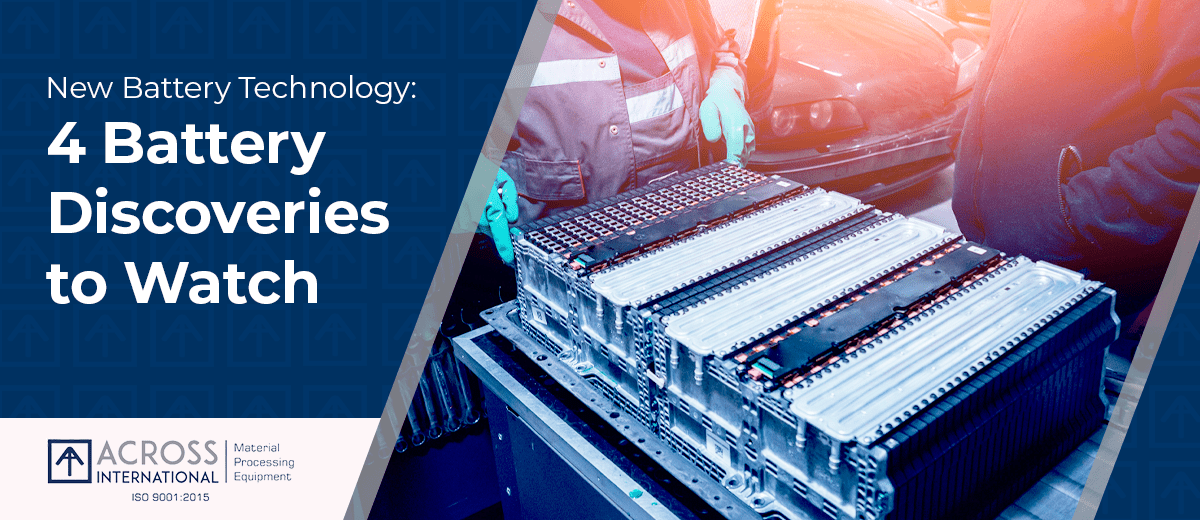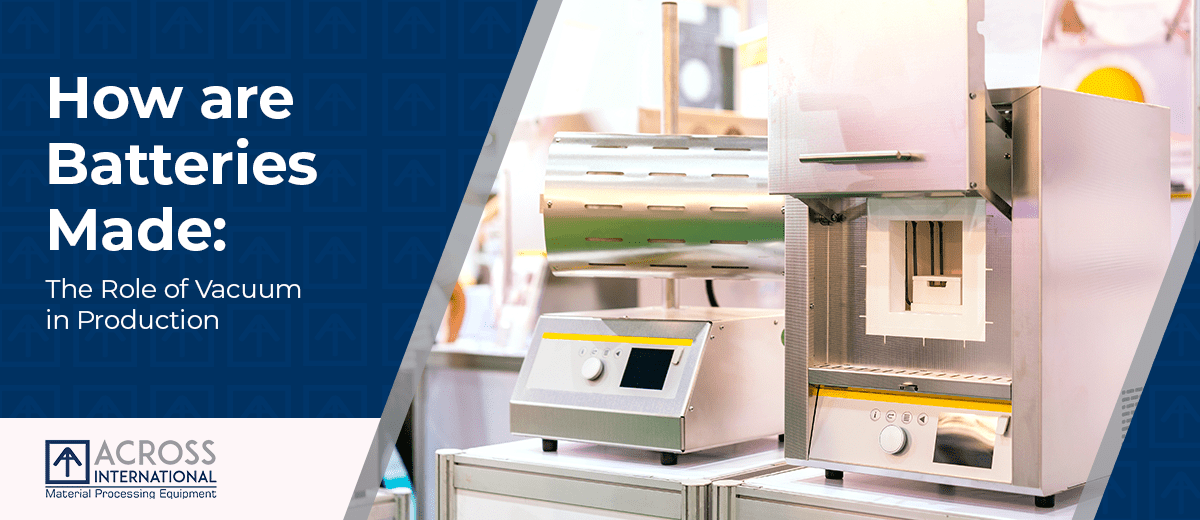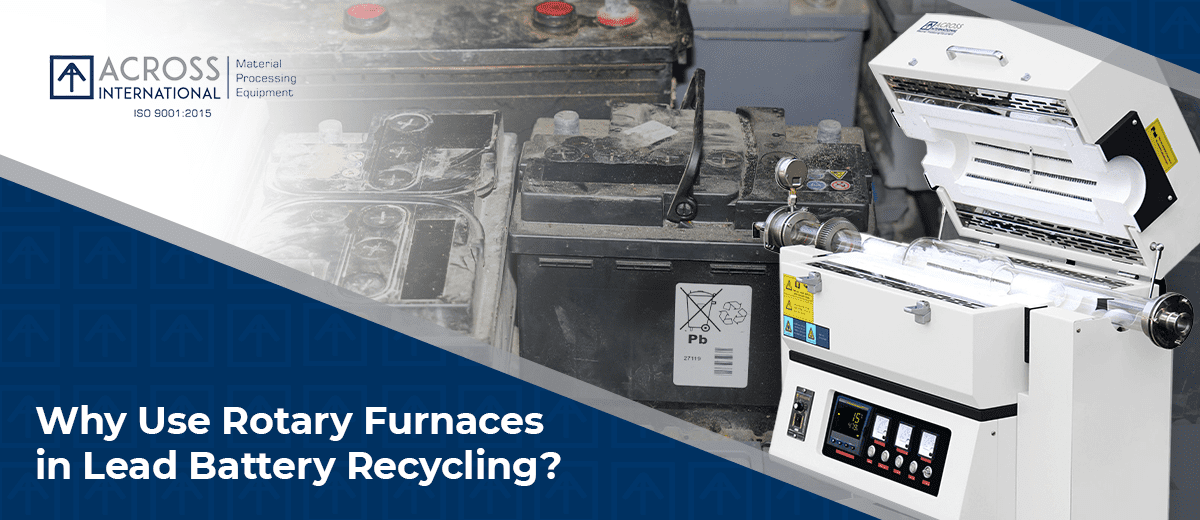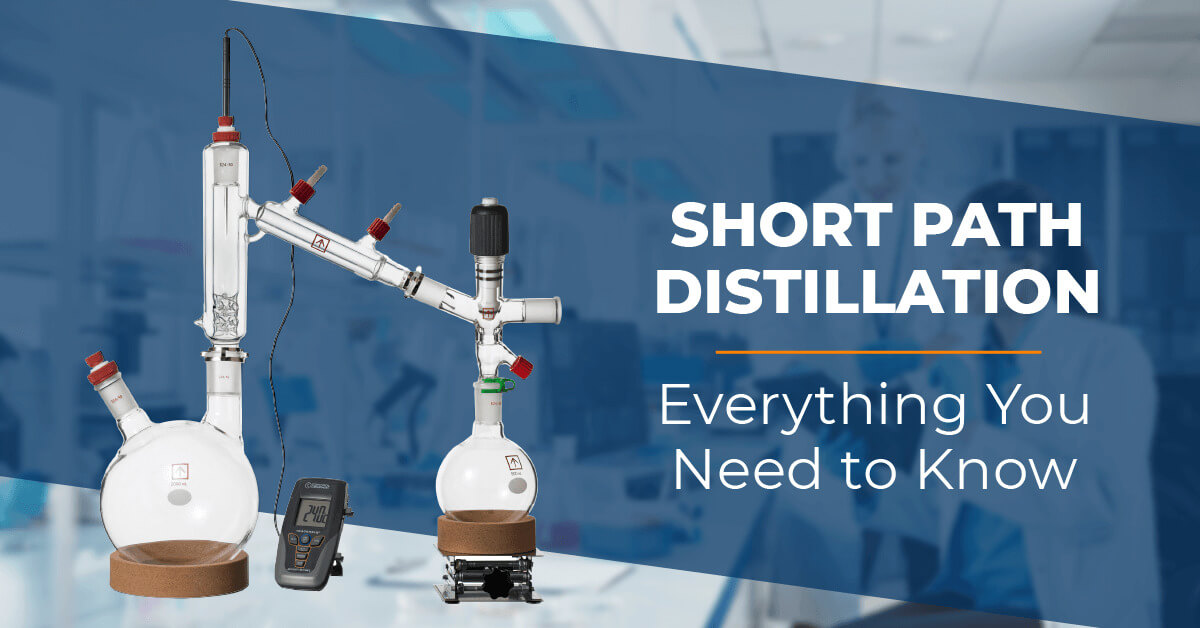We use cookies to make your experience better. To comply with the new e-Privacy directive, we need to ask for your consent to set the cookies. Learn more.
Power of Induction Heaters: A Deep Dive into Advanced Applications and Techniques
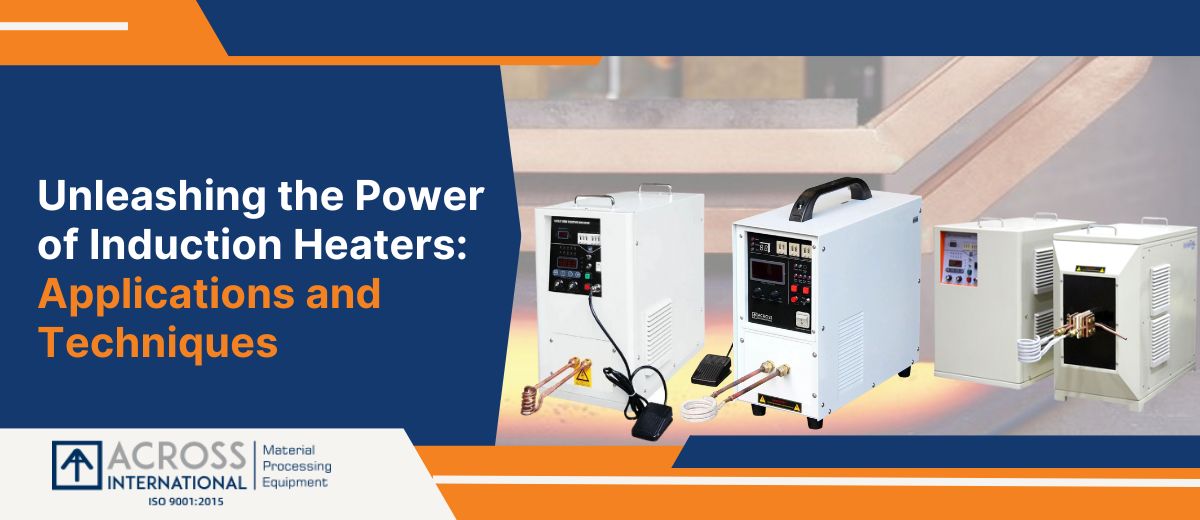
Welcome to an immersive exploration of induction heaters, the remarkable technology that has redefined efficiency, precision, and versatility across a wide range of industries. In this deep dive blog, we invite you to join us on a journey into the fascinating world of advanced applications and techniques that unleash the true power of induction heaters. Prepare to embark on a captivating adventure as we delve into the intricacies of cutting-edge technologies and unveil innovative approaches that have propelled induction heaters to the forefront of modern industrial processes. Through this in-depth exploration, we aim to unravel the secrets behind their unparalleled performance and shed light on the profound impact they have had across various sectors. So, fasten your seatbelt and get ready to discover the untapped potential of induction heaters as we delve into their advanced applications and techniques, unlocking a wealth of knowledge and insights along the way.
High-Temperature Applications
Induction heaters are widely used in various high-temperature applications, including heat treatment, annealing, and brazing. In heat treatment processes, induction heating is utilized to harden, temper, or soften metal components, improving their strength and durability. Annealing, another common application, involves heating materials to a specific temperature and then slowly cooling them to enhance their mechanical properties and reduce stress. Brazing, on the other hand, involves joining two or more metal parts using a filler material that is melted and distributed by the induction heating process. These high-temperature applications find extensive use in industries such as automotive, aerospace, manufacturing, and more, where precise temperature control, rapid cycle times, and uniform heat distribution are crucial for achieving superior results.
Induction Hardening and Surface Modification
Induction hardening is a specialized application of induction heating that focuses on selectively hardening specific areas of a metal component. By rapidly heating and quenching the desired regions, induction hardening achieves high surface hardness while maintaining the core's toughness. This process is commonly employed in industries like automotive and manufacturing, where components such as gears, shafts, and bearings require enhanced wear resistance and durability.
Surface modification is another important application of induction heaters. It involves altering the surface properties of a material to improve its performance and longevity. Through processes like surface alloying, coating deposition, and surface melting, induction heaters can enhance corrosion resistance, and wear resistance, and even introduce desirable characteristics like improved lubricity or reduced friction. Surface modification techniques find applications in industries such as aerospace, energy, and tooling, where optimizing surface properties can significantly extend the lifespan and efficiency of critical components.
Induction heaters, with their precise heating control and localized energy deposition, enable efficient and effective induction hardening and surface modification processes. These applications play a vital role in enhancing the performance, reliability, and longevity of components in various industries, ensuring they can withstand demanding operating conditions and deliver exceptional results.
Induction Welding and Joining
Induction welding and joining are advanced techniques that use induction heating to achieve strong bonds between metal components. In induction welding, metal pieces are heated and pressed together to form a seamless joint, ensuring integrity and strength in critical applications. Induction joining techniques, such as brazing and soldering, use localized heating to join metals with filler metals or alloys, finding applications in electronics, plumbing, and jewelry manufacturing.
These induction-based processes offer numerous advantages over traditional methods. They provide rapid and efficient heating, reducing production cycles. The localized heating minimizes distortion and heat-affected zones, resulting in stronger and more precise joints. Additionally, the non-contact heating process eliminates the risk of contamination or damage to delicate components.
By utilizing induction heaters, industries can achieve high-quality, durable, and efficient welds and joints. Induction welding and joining have revolutionized the manufacturing landscape, providing innovative solutions for joining metal components in a wide range of applications.
Induction Melting and Casting
Induction melting and casting are fundamental processes in the metallurgical industry that leverage the power of induction heaters. Induction melting involves heating and melting metal alloys or materials to their molten state using high-frequency electrical currents induced by the induction heater. The controlled and efficient heating enables precise temperature control, allowing for the melting of a wide range of metals with varying melting points.
Once the metal is melted, induction casting comes into play. This process involves pouring the molten metal into a pre-designed mold to solidify and form the desired shape. Induction casting offers several advantages, including faster solidification rates, improved casting quality, and enhanced material properties. The rapid and controlled heating provided by induction heaters promotes uniform cooling, reducing the risk of defects and improving the overall integrity and mechanical properties of the cast components.
Induction melting and casting find extensive applications in various industries, such as automotive, aerospace, foundries, and jewelry manufacturing. These processes enable the production of high-quality castings with precise dimensions, superior metallurgical properties, and reduced scrap rates. By harnessing the capabilities of induction heaters, manufacturers can achieve efficient and cost-effective melting and casting operations, ensuring the production of reliable and high-performance metal components.
Process Optimization and Automation
Unlock the potential of process optimization and automation in induction heating. We will explore advanced control systems, machine learning algorithms, and sensor technologies that optimize heating processes, adapt to changing conditions, and ensure consistent quality. Discover how automation streamlines production, minimizes operator error, and maximizes efficiency in industries such as electronics manufacturing and metal fabrication.
Induction heaters continue to redefine the possibilities in various industries, offering unmatched precision, efficiency, and control in heating applications. By diving deep into advanced techniques and applications, we have uncovered the profound impact of induction heaters in optimizing processes, enhancing product quality, and driving innovation. As technology advances and industries evolve, the future of induction heaters promises even greater advancements, propelling us toward a new era of manufacturing excellence.
Ready to experience the transformative power of induction heaters? Contact us to explore our range of cutting-edge induction heating solutions and unlock your industry's full potential, and also for requesting free testing. Don't forget to inquire about our expert consultation services, tailored to meet your specific application requirements.


